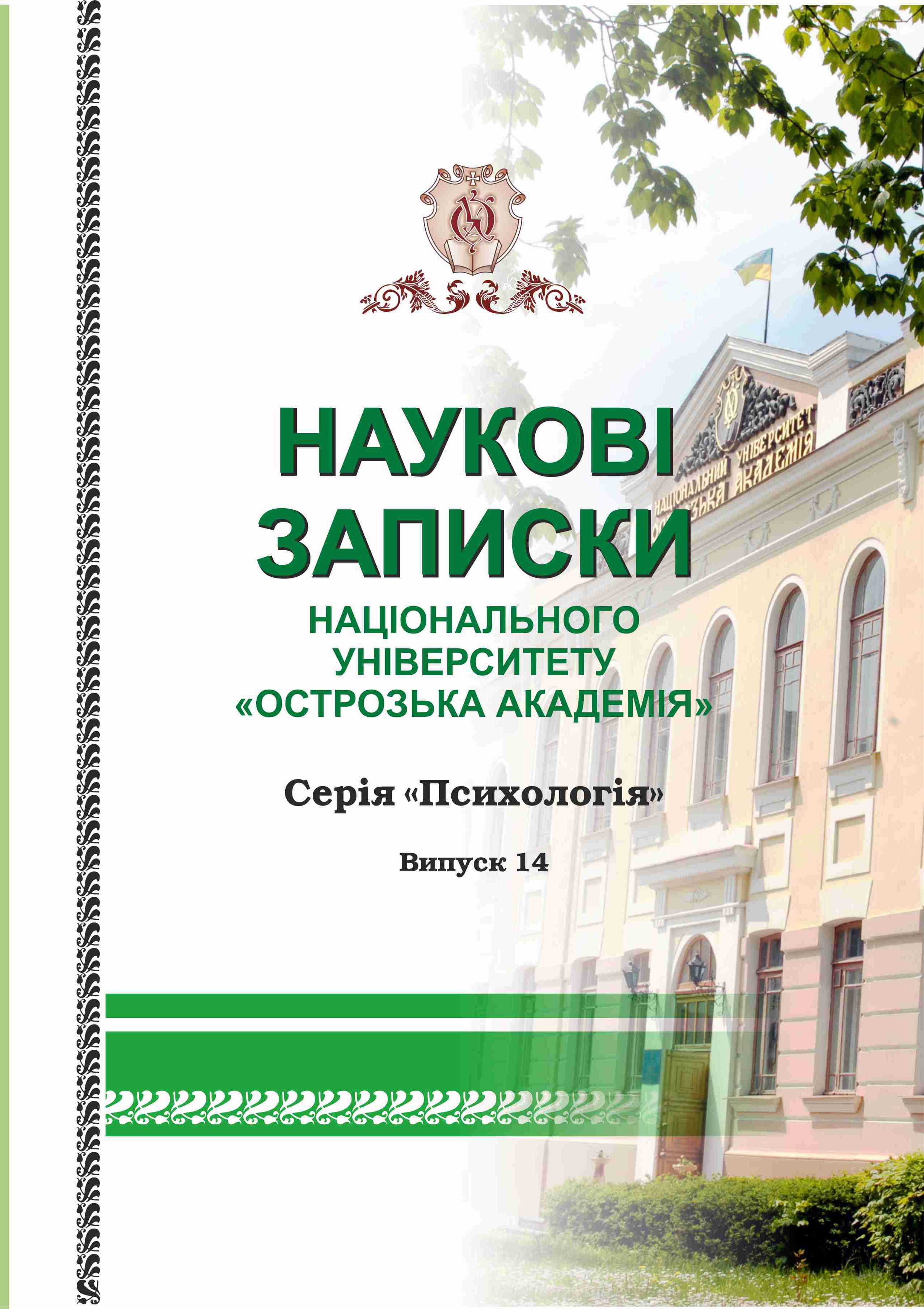FORMATION OF SOCIAL COMPETENCE OF JUNIOR SCHOOLCHILDREN IN THE CONDITIONS OF EDUCATIONAL PROCESS
Keywords:
competence, social competence, the primary school age, structure of social competence, components of social competence, levels of social competenceAbstract
The article substantiates the relevance of the problem of developing the social competence of junior. The most recent scientific psychological and pedagogical research on the problem is analysed. The etymology of the concept of «competence» and «social competence» is clarified. Different approaches to the interpretation of the definition of the components of the concept of "social competence" are revealed. The structural analysis of social competence is carried out and its components are defined. The signs of socially competent junior schoolchildren are determined. The levels of formation of social competence of primary school students (cognitive, motivational, pragmatic) are analyzed and the main characteristics of each of them are analyzed. It was found that the primary school age is a period that is considered sensitive for the formation of social competence, as its important feature is the change of social position of the child, when it expands and deepens the system of relations with the surrounding reality. The article considers the issue of formation of social competence of junior schoolchildren. It is established that the formation of social competence occurs in the process of socially significant activities, in particular, during the educational process at school. The role of modern primary school in the development of a child’s personality is justified.
The article presents the results of diagnosing the levels of social competence of junior schoolchildren. In particular, it was found that the majority of the surveyed primary school students have an middle level of social competence. According to the results of the research, the main types and forms of work on the formation of social competence of junior schoolchildren in the educational process are formulated. The prospects of further research on the problem raised in the article are formulated.


